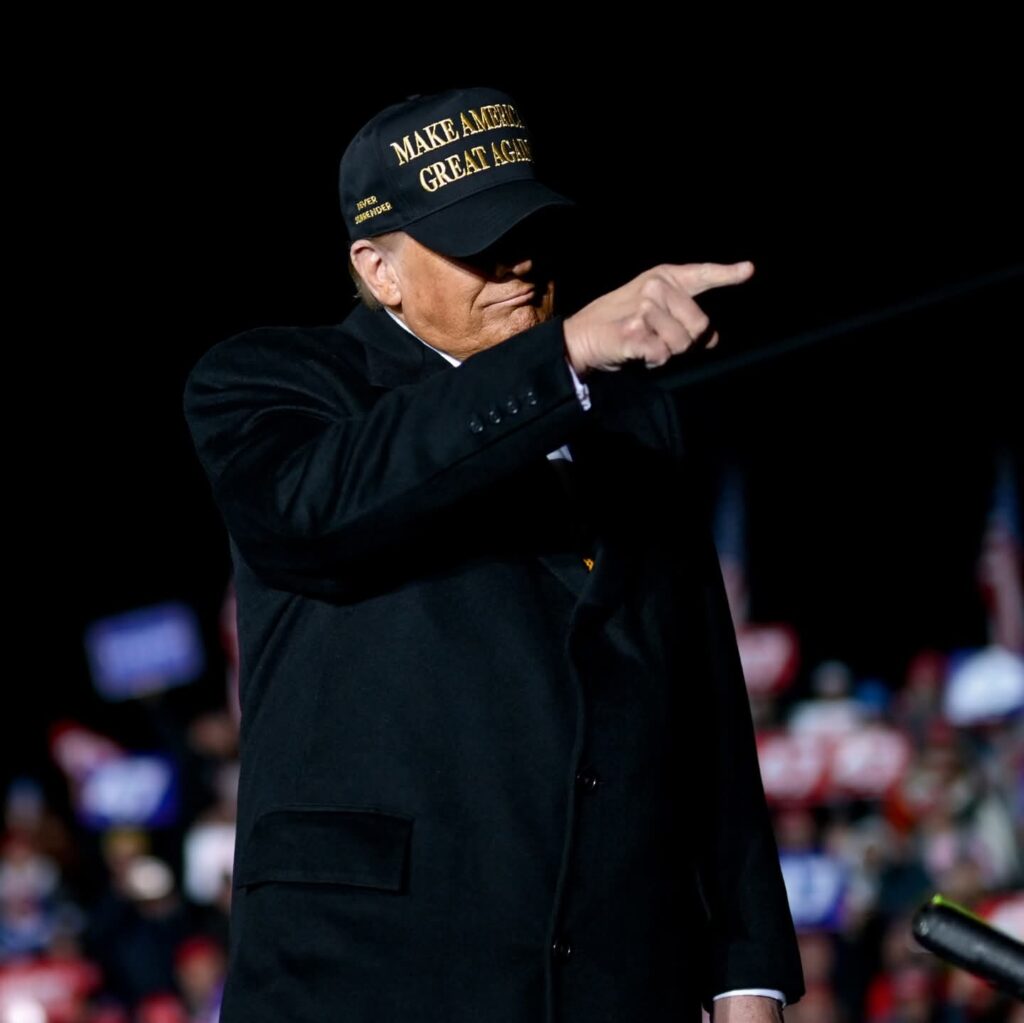
Donald Trump’s story begins not just with bricks and ambition, but with the complex weave of family and expectation. Born in 1946 to Fred and Mary Anne Trump, Donald was the fourth of five children in a home where competition was as natural as breakfast.
Fred, the stern patriarch, built his fortune in New York real estate and demanded results. Mary Anne, originally from Scotland, brought warmth and a sense of showmanship — she loved pageantry and stories of royalty, and Donald absorbed both his father’s drive and his mother’s flair.
Fred was a hard-nosed Queens developer and demanded toughness not only from his employees but also his children; Trump’s Scottish-born mother adored grandeur and ceremony. This duality shaped Trump: Fred’s relentless focus on “kill or be killed” business tactics fused with Mary Anne’s love for spectacle.
Childhood lessons that Trump learnt his own way
From a young age, Donald learned that attention was a form of power. His older brother, Fred Jr., was meant to be the heir apparent, but Fred Jr.’s gentle spirit clashed with their father’s harsh standards. Watching his brother struggle — and ultimately succumb to alcoholism — Donald internalised a lesson: in the Trump world, only the tough survived. He resolved to be the toughest.
Fred was a successful property developer, and Donald grew up in a household where achievement was the family currency. From an early age, he was surrounded by the language of deals, construction, and competition. This explains why Trump always thinks in terms of deals, even in diplomacy.
You would remember his White House media interaction alongside Prime Minister Narendra Modi, who said in response to a question,‘if anyone has the copyright over the word deal, it’s only Donald Trump’. Interesting was Trump’s reaction. He took it as a badge of honour, though it appeared that Modi just declared him a non-serious leader as far as diplomacy went.
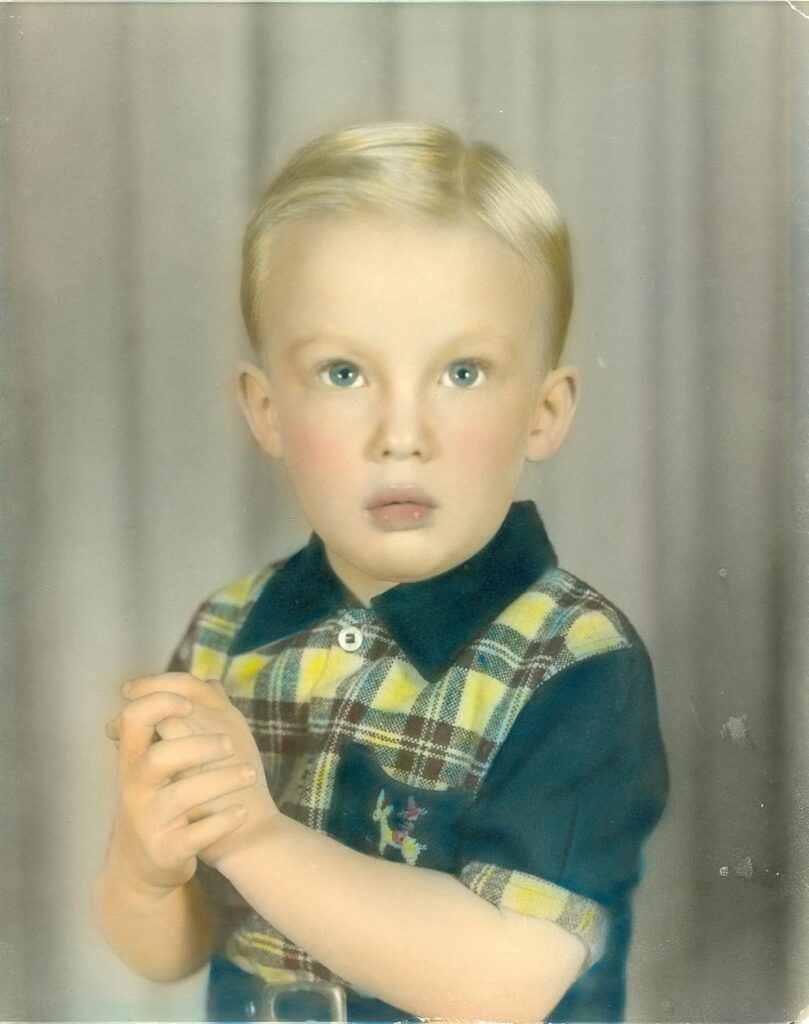
But for Trump, his childhood experiences continue to dominate his stream of thoughts and feelings. His father’s expectations were clear: success was not optional.
When a recalcitrant boy was disciplined
As a boy, Trump’s energy and appetite for attention often landed him in trouble. School was a stage for Donald’s bravado, but also for his restlessness. When his behaviour became too much for his parents, who, seeking discipline, sent him to the New York Military Academy.
The school’s strict routines and competitive environment suited him. Trump thrived on rivalry and quickly learned how to assert himself as a leader — a pattern that would define his adult life. There, Donald discovered the satisfaction of command. He relished competition, and the academy’s strict routines gave him the structure to channel his energy into leadership. He learned to win, to dominate, and to never show weakness.
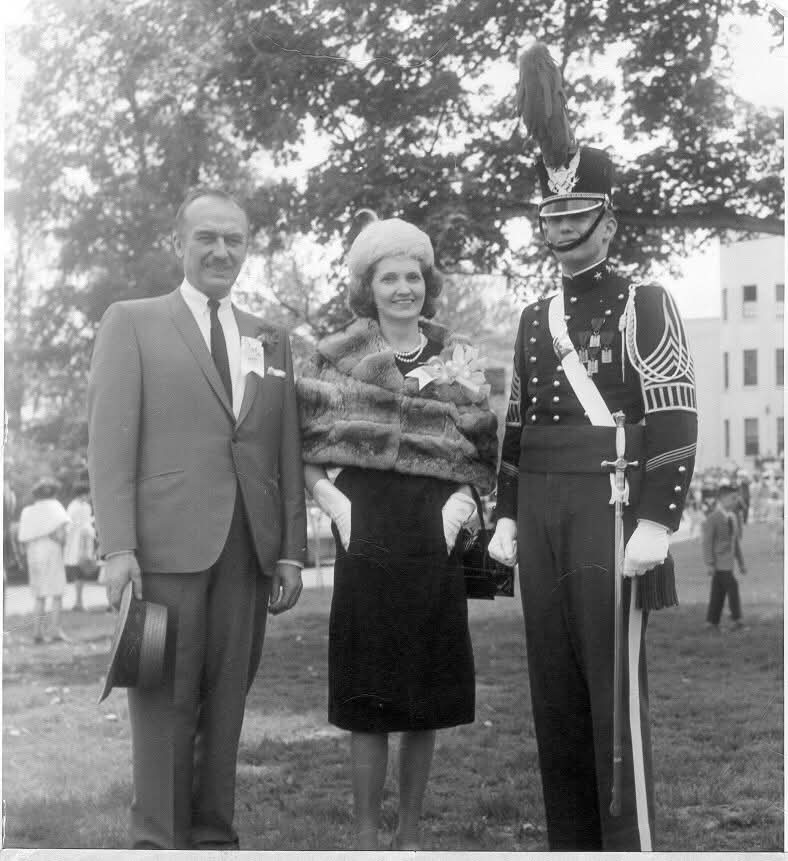
Trump’s insatiable desire to prove he’s not weak, not incompetent
After graduating from the Wharton School at the University of Pennsylvania with a degree in economics, Trump entered the family business. But he was never content to follow in his father’s footsteps. While Fred Trump built affordable homes in the outer boroughs, Donald was drawn to Manhattan’s glamour and prestige. He wanted his name on the skyline.
The outer boroughs were too small for his ambitions. He wanted Manhattan — the centre of the world, where only the boldest could leave their mark. His father’s caution clashed with Donald’s hunger for risk and recognition. When he secured the Grand Hyatt deal, it wasn’t just a business win; it was a declaration that he would play by his own rules.
Trump’s first major Manhattan project, the Grand Hyatt Hotel, signalled his ambitions. He followed up with Trump Tower, a glitzy skyscraper on Fifth Avenue that became a symbol of his taste for luxury and spectacle. For Trump, success was inseparable from visibility. He understood instinctively that his name could be as valuable as any property he owned.
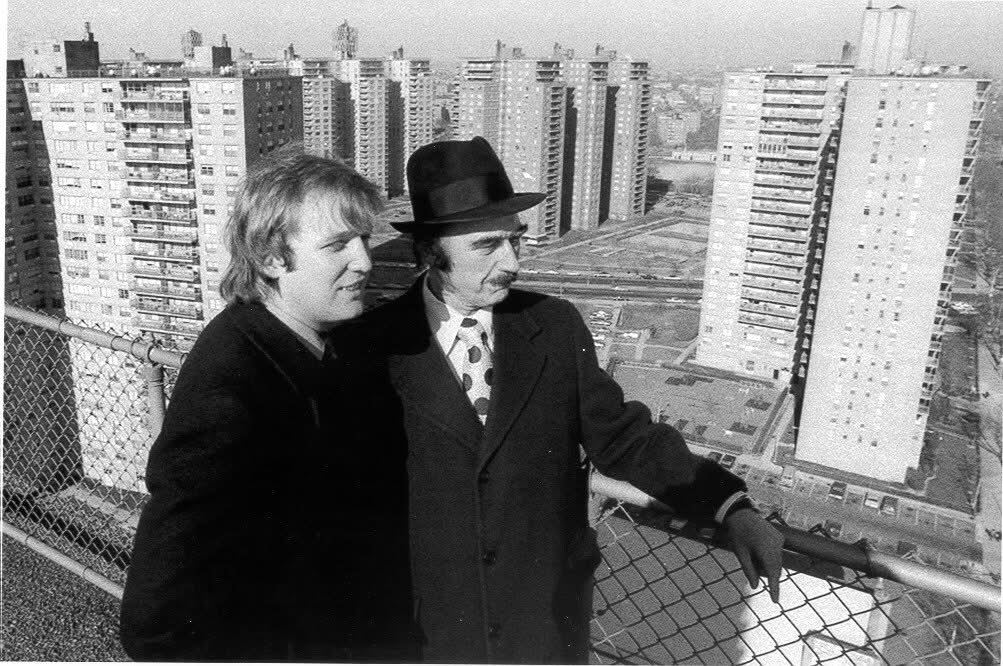
The Trump family dynamics shaped his worldview. Sibling rivalry was ever-present. His sister Maryanne became a federal judge; his brother Robert was a loyal confidant. But Donald’s drive always set him apart. He craved his father’s approval, yet also sought to eclipse him. Every deal, every headline, was a way to prove his worth — first to his family, then to the world.
‘You’re fired’: The making of the Trump the world knows
Throughout the 1980s and 1990s, Trump’s business ventures expanded into casinos, hotels, and golf resorts. His approach was bold and often risky, and he frequently courted both controversy and media attention.
Financial setbacks, including several high-profile bankruptcies, threatened his empire more than once. Yet Trump’s response was always to double down on self-promotion, reframing failures as temporary setbacks on the path to inevitable victory.
By the late 1980s, Trump had become a fixture in American popular culture. He published The Art of the Deal, presenting himself as the ultimate negotiator. His fame grew further with the launch of The Apprentice, a reality television show that cast him as the decisive, no-nonsense boss. “You’re fired!” became a catchphrase, and Trump’s persona as a business titan was cemented in the public imagination.
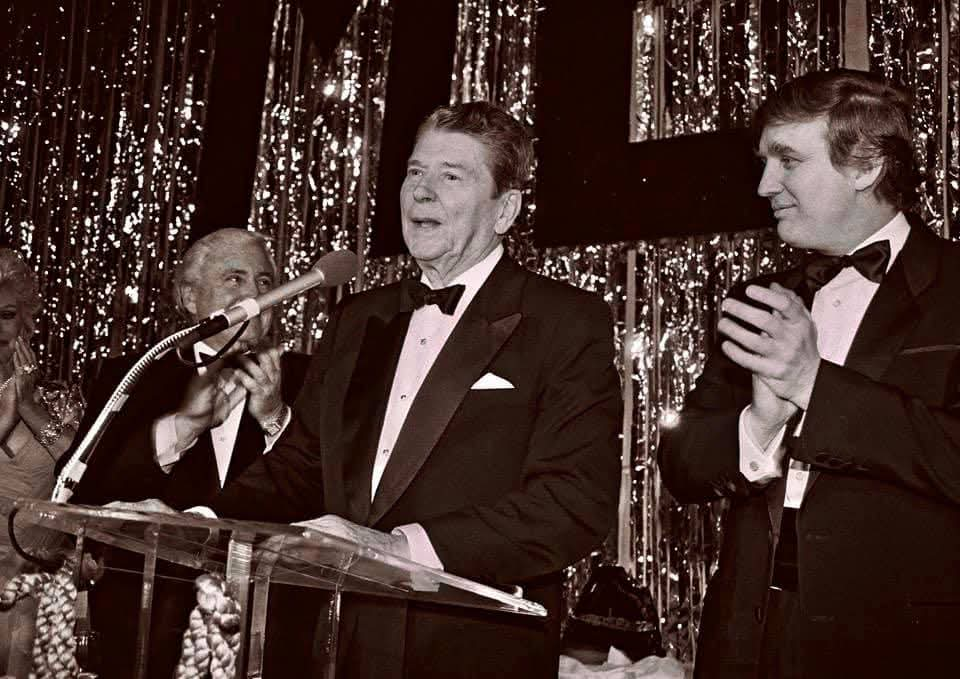
Trump’s leap into television with The Apprentice was a masterstroke of self-invention. He became the ultimate boss, dispensing judgement with theatrical flair. The show wasn’t just entertainment; it was a platform to reinforce his brand as a winner, a dealmaker, and a man in control. He relished the role, understanding instinctively that in modern America, fame was power.
A fiction to social truth for each season & reason
Trump’s approach to business was psychological warfare. He believed in projecting confidence, even when the numbers were shaky. For him, perception was reality. He put his name in gold on every building, convinced that visibility was the truest form of value.
When setbacks came — bankruptcies, failed casinos, lawsuits — he reframed them as temporary obstacles, never defeats. Admitting error was not in his vocabulary; to do so would be to show weakness, and Trump had learned from his brother’s fate that weakness was fatal.
When he entered politics, Trump brought the same instincts. He saw the presidency as the ultimate contest, the highest stage. His campaign was a performance of strength, certainty, and disruption. He spoke in absolutes, avoided nuance, and projected unwavering confidence. Critics saw arrogance; supporters saw authenticity. Trump saw only the need to win.
The ultimate story: The 2016 bid, a story Trump told
In 2015, Trump announced his candidacy for president. His campaign broke with political convention—he spoke directly to voters, often bypassing traditional media. His message was simple and direct, promising to “Make America Great Again.” Trump’s style was combative, his rhetoric divisive, and his disregard for political norms unmistakable. He won the 2016 election, defeating experienced politicians and shocking the world.
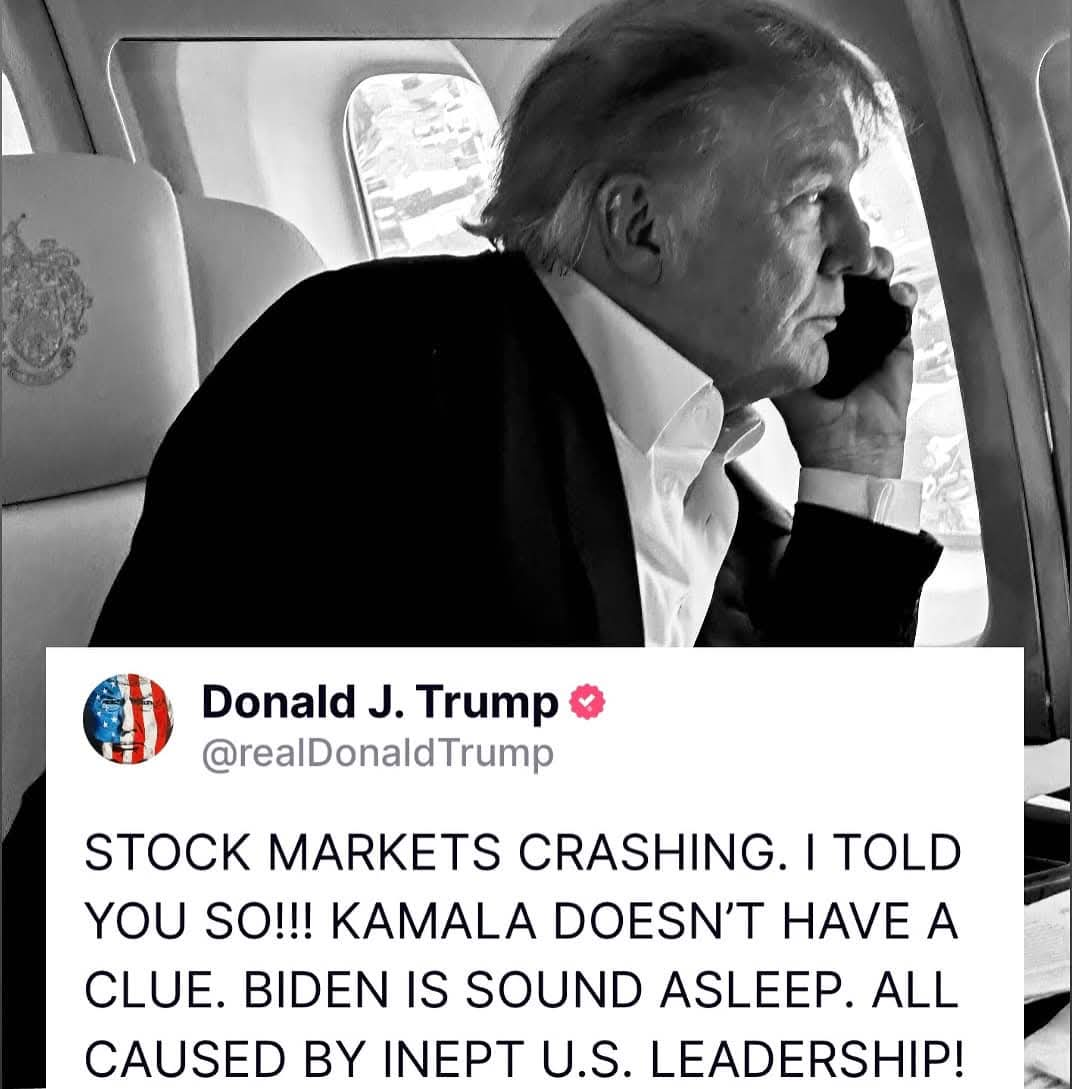
This is a story that’s worth recalling. The Trump tale would be incomplete without it.
It was a night at the White House that literally The fire, a blaze that the world finds incapable of dousing. It began with Trump’s apparent dislike of America’s first and only till-date Black President Barack Obama.
In the spring of 2011, Trump was already a household name — property mogul, reality TV star, and, by then, the most vocal face of the “birther” movement, demanding to see Obama’s birth certificate.
The controversy dominated headlines, with Trump declaring on television, “I have people that have been studying it and they cannot believe what they’re finding.”
When Obama released his long-form birth certificate, Trump claimed victory: “I am really honoured, frankly, to have played such a big role in hopefully getting rid of this issue.”
But the story didn’t end there.
On April 30, 2011, at the White House Correspondents’ Dinner, Obama seized the moment to respond directly — and publicly.
By the way, this was the night when Obama was sitting with his team of security advisors on America’s most momentous decision to take out al-Qaeda founder Osama bin Laden, who had been traced with 60 per cent certainty of occupying a compound in Pakistan’s garrison city Abbottabad. Obama came out of what could be called the most serious and intense meeting of his tenure to land pun-punches on Trump. Politicians are not called the best actors for no reason.
Back to the Trump-Obama story
With Trump seated in the audience, Obama delivered a series of pointed jokes:
“No one is prouder to put this birth certificate matter to rest than The Donald. And that’s because he can finally get back to focusing on the issues that matter—like, did we fake the moon landing? What really happened in Roswell? And where are Biggie and Tupac?”
The ballroom erupted in laughter, cameras fixed on Trump’s unsmiling face. Obama continued, “But all kidding aside, obviously we all know about your credentials and breadth of experience. For example — no, seriously, just recently, in an episode of Celebrity Apprentice — at the steakhouse, the men’s cooking team did not impress the judges from Omaha Steaks.”
“And there was a lot of blame to go around, but you, Mr. Trump, recognised that the real problem was a lack of leadership. And so ultimately, you didn’t blame Lil Jon or Meat Loaf. You fired Gary Busey. And these are the kinds of decisions that would keep me up at night.”
The jokes landed hard. Trump, usually animated, sat silent and stone-faced. Those close to him later described the moment as deeply humiliating—a public dressing-down in front of the country’s elite.
In the months and years that followed, Trump’s attacks on Obama only intensified. He called Obama “the worst president maybe in the history of our country,” and accused him of “founding ISIS.” The rivalry became personal, and the desire to prove himself on the world’s biggest stage took root.
When Trump announced his candidacy in 2015, he made Obama’s legacy a central target, vowing to “make America great again” (Maga) and to “totally repeal” Obama’s policies. Many who watched that night in 2011 saw Trump’s campaign as the ultimate retort — a man publicly challenged, who set out to claim the very office from which he’d been mocked.
A distraction for context
- Roswell: Refers to the 1947 incident near Roswell, New Mexico, where debris from a US Army Air Forces balloon led to widespread conspiracy theories about UFOs and aliens.
- Biggie: Christopher Wallace, known as Biggie Smalls or The Notorious B.I.G., was a legendary Brooklyn rapper whose storytelling and debut album made him an icon in hip-hop.
- Tupac: Tupac Shakur was a highly influential American rapper, actor, and activist known for his powerful lyrics about social issues and his enduring legacy in music and culture.
- Gary Busey: Gary Busey is an American actor best known for playing Buddy Holly in The Buddy Holly Story (1978), earning an Oscar nomination for his performance.
The President: Donald Trump
Trump’s election in 2016 wasn’t just a political upset; for him, it was a personal vindication — a challenge answered, and a rivalry settled on the grandest stage. He repeated his feat in 2024.
Trump’s first presidency was marked by controversy, bold declarations, and a constant presence on social media. He relished confrontation, whether with political opponents, foreign leaders, or the press. Supporters saw him as a champion of the forgotten; critics viewed him as dangerously unpredictable. Through it all, Trump maintained his signature confidence, rarely admitting error and often framing criticism as evidence of his outsider status.
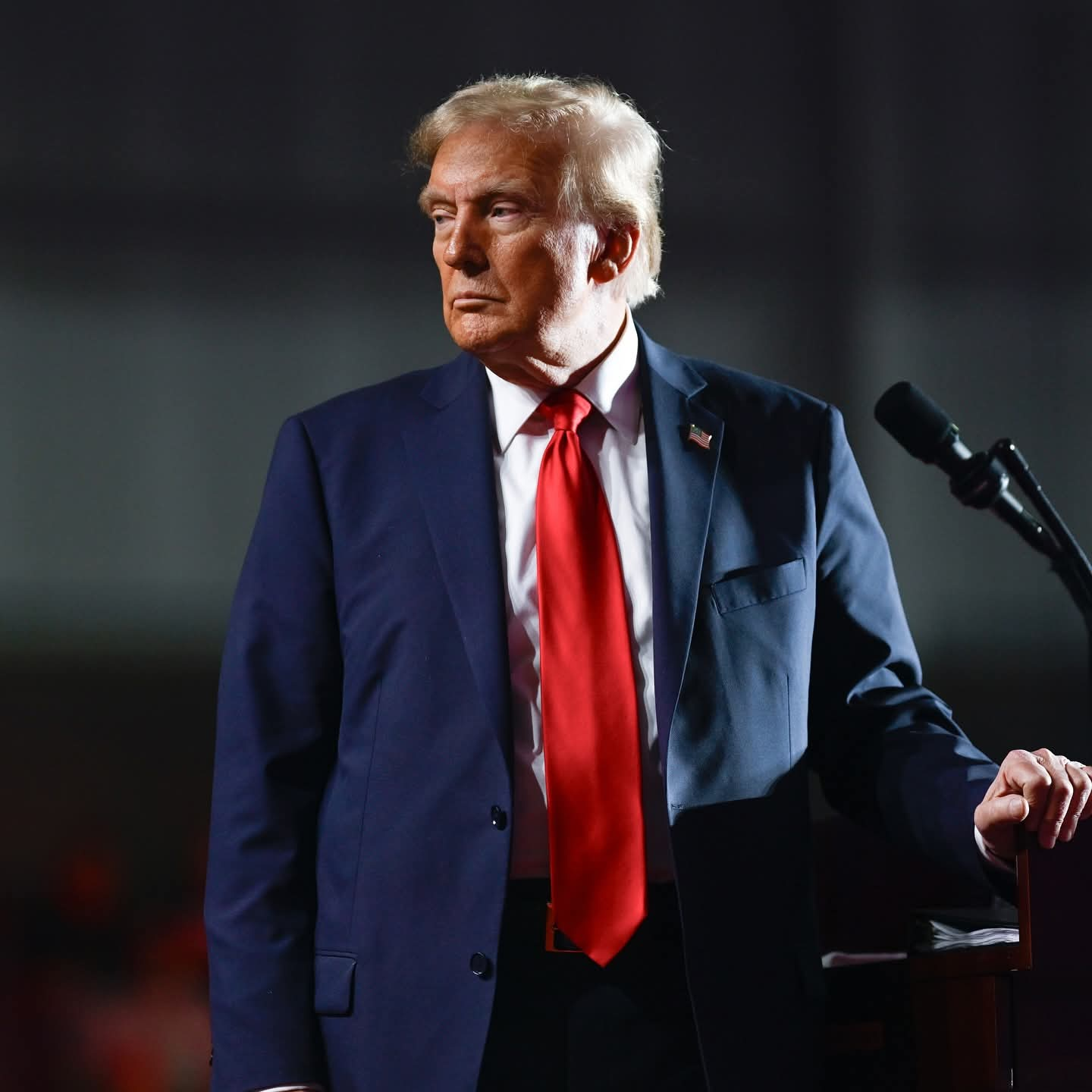
Scandals and investigations followed him throughout his term and beyond. Lawsuits, business disputes, and political controversies became a constant backdrop. Yet Trump’s core approach never wavered: he divided the world into winners and losers, valued loyalty above all, and remained convinced that visibility and strength were the keys to success.
Throughout his presidency and beyond, Trump’s actions revealed a man who divides the world into winners and losers, friends and enemies. Loyalty is prized, dissent is punished, and every challenge is met with counterattack. He is drawn to spectacle, to the roar of the crowd, to the certainty of his own narrative. Doubt is banished; vulnerability is hidden.
It’s been just five months into his second presidency, but Trump does not look any different. In fact he is bolder, bitter and more belligerent in his second innings at the Oval Office — from trade wars to military conflicts, he has buried the difference between the deep state and the loud state. The deep state has sunk and the loud state is trumpist. The American strikes, Trump joining hands with Benjamin Netanyahu in Israel-Iran conflict, at Iranian nuclear sites are just an example.
Yet, beneath the bravado is the shadow of family lessons — of a brother lost, a father never fully pleased, a mother who loved the limelight but never sought it for herself. Trump’s life is a testament to the power of early lessons, the scars of rivalry, and the relentless pursuit of validation.
Today, Donald Trump remains a figure defined by ambition and spectacle, shaped by family, and driven by a need to be seen, to be heard, and above all, to win. His story is not just about towers, television, trade and taints of political power, but also about the enduring power of the stories we tell ourselves — and the lengths we’ll go to make them real. We all build stories to live our lives, to be at peace with ourselves, and to get up and go to work every morning. This is how the human story has built this complex civilisation. And this is why no other animal could reach the human scale of life.
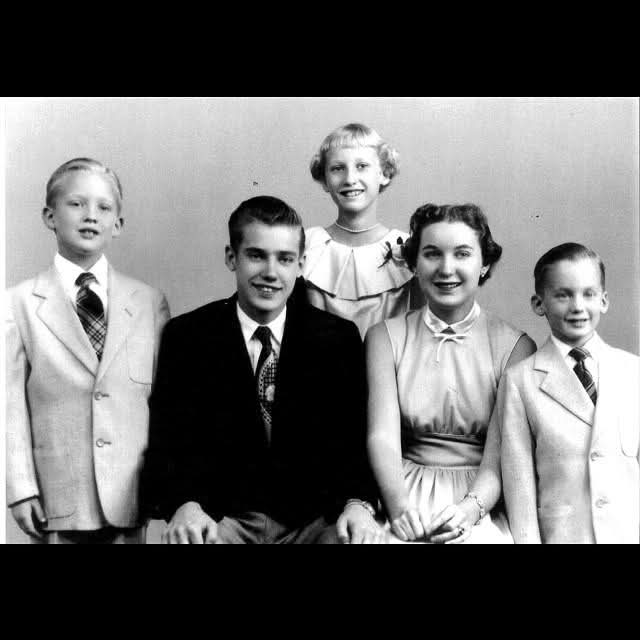
The characters that built the Trump storey the world looks at now
While the parental duality shaped Trump, with Fred’s relentless focus on “kill or be killed” business tactics fusing with Mary Anne’s love for spectacle, his siblings lived in his shadow:
- Fred Jr., the expected heir, rejected real estate for aviation. His alcoholism and death at 42 haunted Donald, who later called him “weak”. Trump once said he stayed away from alcohol and cigarettes due to his brother’s indulgence and subsequent death.
- Maryanne became a federal judge but clashed with Donald’s politics.
- Robert remained his loyal lieutenant until a bitter falling out late in life.
The message was clear: Only dominance guarantees survival.
The women who shaped Trump’s world
Wives & partners
- Ivana Trump (1977–1992): The Czech model turned business partner who embodied his 1980s “gilded age.” Their divorce exploded in the tabloids when he left her for another model-actor
- Marla Maples (1993–1999): Their affair (“The Best Sex I’ve Ever Had,” he boasted) became a public soap opera.
- Melania Trump (2005–present): The reserved Slovenian model who offered stability. Her “I really don’t care” jacket during a migrant crisis visit epitomised their transactional dynamics.
Children as extensions of brand
- Donald Jr. and Eric: Loyal business lieutenants who embraced his combative style. Fun fact: Trump’s father Fred had named his eldest son Fred Jr.
- Ivanka: His “perfect daughter,” whose White House role blurred ethics lines.
- Tiffany: Largely sidelined until adulthood.
- Barron: Sheltered from media, reflecting Melania’s protectiveness. Melania’s son.
Scandals: The art of deflection
- Business frauds: Trump University’s $25M fraud settlement; Trump Foundation’s illegal self-dealing.
- Political firestorms: Two impeachments (Ukraine pressure, Jan 6th insurrection); Mueller’s Russia probe.
- Personal affairs: Stormy Daniels’ hush-money case; E. Jean Carroll’s defamation verdict.
Trump’s playbook?
- Deny, attack, reframe
- Scandals became “witch hunts”
- Accusers became “liars”
- Losses became “rigged systems”
Friends & enemies: The loyalty litmus test
- Roy Cohn: His ruthless mentor who taught him “always counter-attack”.
- Jeffrey Epstein: Dined with him post-conviction; later distanced.
- Chris Christie: Loyal until fired; became a scathing critic.
For Trump, loyalty is absolute — but only when directed upward.
What’s Trump’s engine of ambition: An attempt to go inside his mind
A disclaimer first: This analysis is based on observed behaviour, not a clinical diagnosis
1.
The insecurity paradox
- His relentless self-promotion masks a fear of inadequacy.
- The ghost of Fred Jr. — the “failed” son — drives his obsession with “winning”.
- When Forbes questioned his wealth, he sued
- When Barack Obama mocked him, he ran for president.
2.
Transactional worldview
- People are tools
- Wives enhance his image
- Allies amplify his power
- Critics are “losers”
His famous phrase, “I like people who weren’t captured,” about John McCain reveals contempt for perceived weakness.
3.
Narcissistic supply
- His need for constant adulation is existential.
- Rallies aren’t political events — they’re validation rituals.
- When crowds chanted “LOCK HER UP,” he smiled; when they booed, he punished critics.
4.
Reality as clay
- Truth is malleable. He created Truth Social
- His 30,573 documented falsehoods as president (per Washington Post) weren’t lies — they were tools to reshape reality.
- “Truthful hyperbole,” he called it in The Art of the Deal.
5.
The wound that never heals
- Fred Trump’s lesson — “you are a killer” — became his core.
- He cannot apologise, cannot yield, cannot show vulnerability.
- Every attack is met with greater force; every loss is reframed as betrayal.
Trump epilogue: An unfinished story
Heading towards 80, Trump remains a paradox: the billionaire who connects with blue-collar crowds; the playboy who has been embraced by evangelicals; the norm-shattering leader who craves conventional adoration. His life is a testament to the power of narrative he creates — one where he’s perpetually the hero, the victim, and the victor.
One quote that defines the Trump paradox.
“I don’t dwell on the past. I think about the future,” said Donald Trump in a 2024 Time interview.
Yet his past — the family crucible, the scandals, the relentless self-mythologising — remains the key to understanding the man who is reshaping America’s political landscape.
Trump’s greatest creation? Donald Trump himself. A mis-contribution, his critics might say.
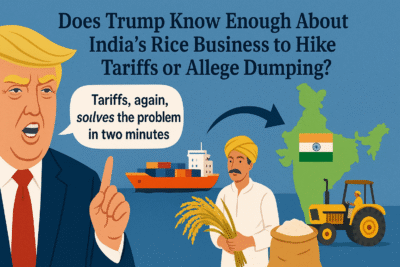
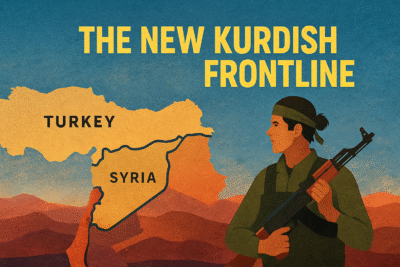
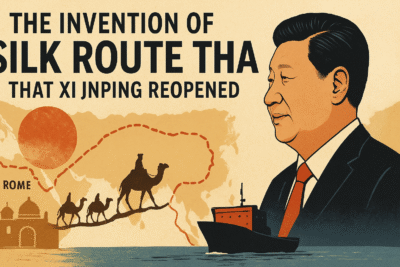
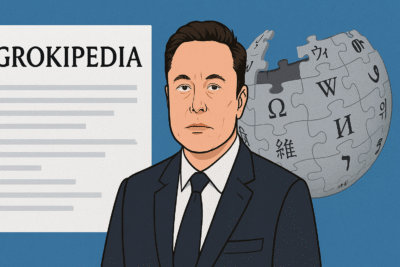
1 thought on “The tower builder: Why Donald Trump does what he does”